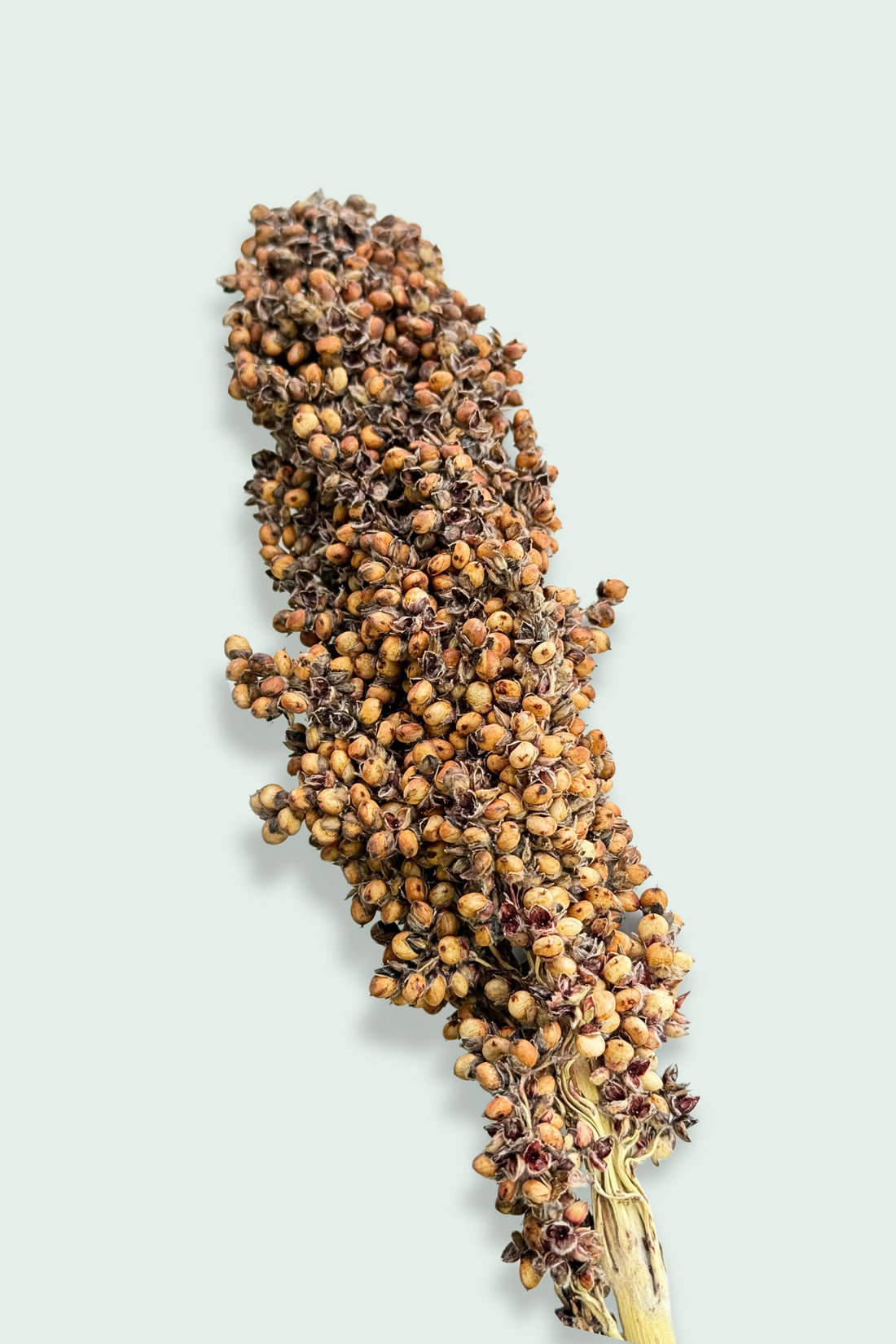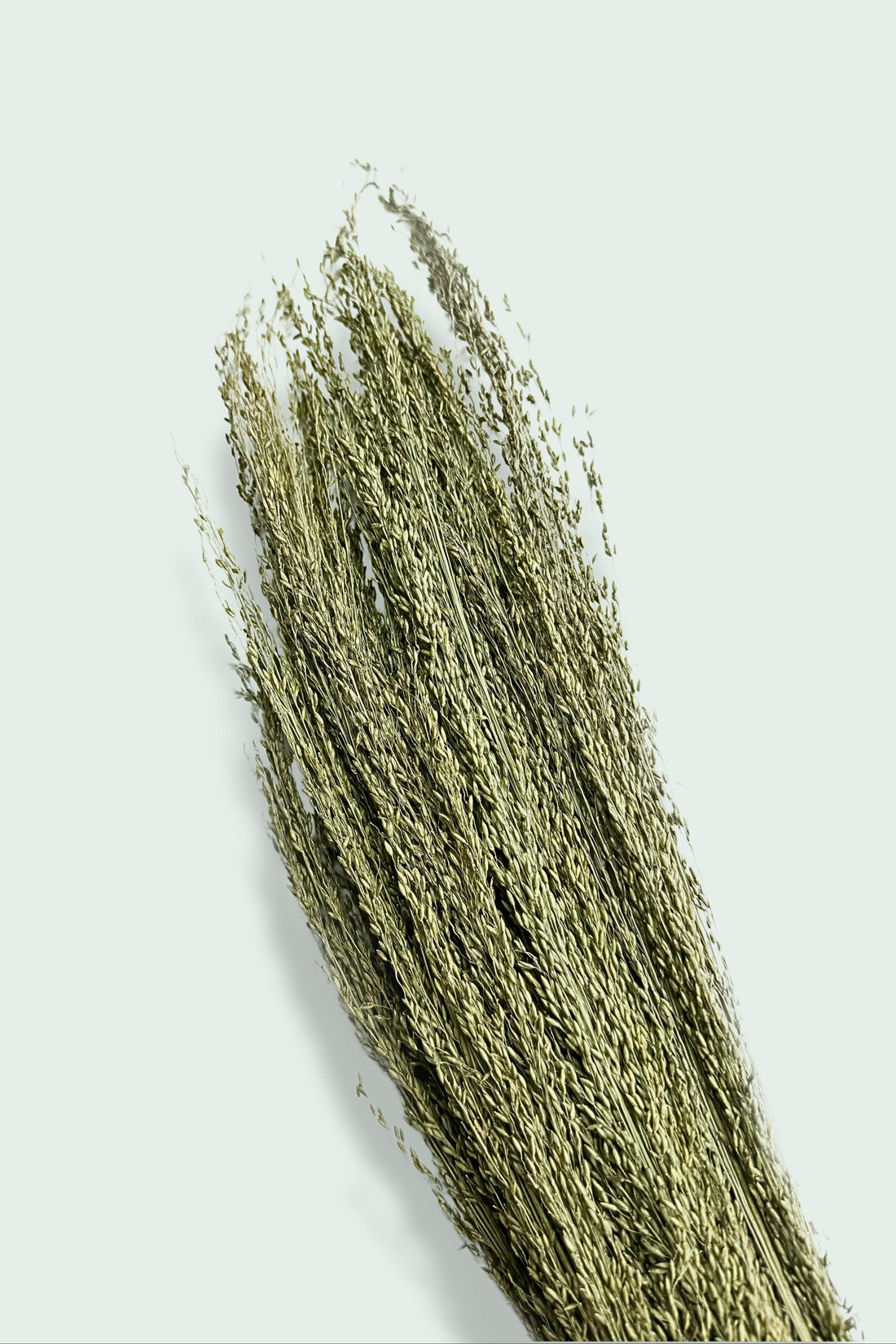1. Welcome to “Hibernate or Not?” 🎉
Winter rolls in, radiators click on, and Google searches for “hamster hibernation” jump by 19 % every November. If you’re staring at a motionless fur-ball wondering “Do hamsters hibernate like bears?”—take a breath. Domesticated hamsters rarely truly hibernate; instead they slip into torpor, a shallow, often dangerous energy-saving state triggered by cold or food scarcity.
This guide dives deep into biology, warning signs, habitat hacks, and nutrition tips—all peppered with quick links to our vet-approved products, so you’re never more than a click away from keeping your fluff safe. Ready? Let’s burrow in! 🪄
2. Hibernation vs. Torpor: Decode the Nap 🩺
| Term | Duration | Trigger | Risk to Pets |
|---|---|---|---|
| Hibernation | Weeks to months | Seasonal climate, daylight length | High—pet could starve/dehydrate |
| Torpor | Hours to a few days | Sudden temp drop (< 10 °C) or low calories | Very high—organ failure without intervention |
During torpor a hamster’s heart rate plunges from ~300 bpm to <50 bpm, respiration slows to 1–2 breaths/min, and body temp nearly matches room temp. Without human help the animal can dehydrate or go hypothermic fast.
Takeaway: A “sleeping” hamster at 12 °C needs warming, not waiting.
3. Species Spotlight 🐹
Different breeds carry different cold tolerances:
-
Syrian (Golden) Hamsters – Wild ancestors hail from Syrian deserts; temps below 15 °C often trigger torpor.
-
Dwarf Campbell’s & Winter White – Evolved on chilly steppes but still risk torpor below 10 °C if food is scarce.
-
Roborovski – Small size loses heat fastest; torpor can happen after a single cold night.
Regardless of species, stable warmth is key. Installing Digital Habitat Thermometer gives you min/max logs so you’ll know if temps tank while you’re at work.
4. The Warning-Sign Checklist 🚨
-
Glass-eye Stare & Curled Body – Hamster lies on its side, limbs tucked.
-
Cold Ears/Paws – Feel icy despite house being “fine.”
-
Silent Breaths – Use a pocket mirror near nostrils; fog means life.
-
No Response to Touch – Gentle stroking yields sluggish or no movement.
If you tick even one box, begin the 5-Step Warm-Up Plan (Section 8) immediately.
5. Habitat Engineering: Build a No-Hibernate Zone 🛠️
5.1 Temperature Rule of Paw 🌡️
Aim for 18–24 °C (65–75 °F). Below 15 °C risk climbs exponentially. Drafty British flats? Slide our Breezi-Block Draft Guards behind metal bars or on tank sides to cut airflow by 70 %.
5.2 Bedding Depth & Insulation 🛏️
Wild hamsters burrow up to 1.5 m underground where temps barely fluctuate. Mimic that by piling 15 cm+ of bedding.
5.3 Heat-Pad Placement 🔥
Lamp heat dries the air; a low-watt under-tank mat regulated by a probe thermostat warms half the enclosure so your pet can self-thermoregulate.
5.4 Hideouts & Layout 🏠
In cold weather, provide deep bedding (20 cm+) and a wooden houses, cork tunnels. Avoid using ceramic hideouts in cold weather, or if used, ensure they have plenty of soft bedding underneath and inside to prevent heat loss. Keep food, water, and wheel away from drafts, and place the main nest in a quiet, sheltered spot. Avoid metal items and use soft nesting material to keep your hamster warm and safe.
6. Nutrition Tweaks for Chilly Months 🥕
Cold increases caloric demand by up to 30 %. Rotate these boosters:
-
Healthy Fats – 2 sunflower seeds or half a walnut piece daily fuel thermogenesis.
-
Protein Punch – 3–4 freeze-dried mealworms, or sprinkle.
-
Vitamin C & E – Tiny cube of broccoli or parsley sprig fights oxidative stress.
-
Hydration Watch – Refill water bottles with lukewarm water in evenings; chill water discourages drinking.
Tip: Scatter-feeding encourages foraging movement, which itself generates body heat!
7. Enrichment: Motion Beats Hibernation 🏋️♂️
Sedentary hamsters cool faster. Keep the little athlete active:
-
Super Silent Acrylic Wheel 32cm - Ball-bearing tech means zero squeak at 2 a.m.
-
Vine Wreath Chews – challenging their activity and sparking curiosity.
-
Burgundy Amaranth Forage – It supports digestion, promoting a healthy and well-functioning digestive system and entertains them.
Swap or rotate toys every seven days; novelty spikes exploratory behaviour and metabolic rate.
8. 5-Step Emergency Warm-Up Plan 🔄
-
Verify Life – Look for whisker twitches, ear flicks, or faint heartbeat.
-
Body-Heat Transfer – Place hamster against your skin inside a shirt pocket.
-
Gradual Ambient Heat – Move cage to a 22 °C room; never set under a direct heater.
-
Call the Vet – If movement doesn’t resume within 60 min or breathing remains <2 breaths/min, ring an exotics vet.
9. Myth-Busters ❌
-
“Winter Whites never need heat.”
They survived Siberian steppes, yes, but temps there are stable under snow. Indoor drafts still trigger torpor. -
“You’ll hurt the hamster by waking it.”
Wild hibernators wake gradually; pet torpor is uncontrolled and risky. Controlled warming is lifesaving. -
“Extra bedding alone prevents torpor.”
Bedding insulates, but ambient air still determines core body temp. Monitor room temps diligently.
10. Seasonal Maintenance Schedule 📅
| Month | To-Do | Product Plug |
|---|---|---|
| Sept–Oct | Deep-clean cage; check thermostat accuracy; order winter supplies | Draft Guards, Snug-Mat |
| Nov–Feb | Spot-clean only; weigh hamster weekly to track calorie needs | Digital Scale, Protein-Plus |
| Mar | Gradually reduce heat-pad hours as daylight returns | — |
Consistent routine keeps stress—and unexpected torpor—at bay.
11. Quick-Fire FAQs 🙋
Q: How long can a hamster survive torpor without help?
A: Reports vary, but <24 h is typical before dehydration sets in. Immediate warming drastically improves outcomes.
Q: Can I use human electric blankets?
A: No. They reach 40 °C+, risking burns. Use low-watt reptile-grade mats with thermostats.
Q: My apartment dips to 15 °C at night—options?
A: Combine Snug-Mat under half the tank, deep fleece bedding, and a room-wide oil radiator set to 20 °C.
Q: Will bright lights stop torpor?
A: Light cycles influence circadian rhythm, but temperature is the primary trigger. Focus on warmth.
12. Conclusion ✨
Hibernation myths can be scary, but armed with solid science, a temperature-controlled habitat, and nutrient-rich diet, you’ll keep your hamster lively all winter. Monitor temps nightly, stock emergency gear, and watch for subtle cues of torpor. Your reward? The cheerful whirr of a wheel and the soft rustle of bedding—even when frost paints the window. Here’s to a cozy, hibernation-free season! 💖🐹






